How To Use A Winch
What You Need To Know About Winching.
The winch is the best supplement to get you out of trouble. Locking the differential will make you go further, the big tires provide a lot of traction, but when neither is working, the winch allows you to keep going. Despite this power, many people seem to avoid winches at all costs. We have seen too many people trying to break vehicles and crash their vehicles. Just pull from the winch to solve the problem. Maybe it's me, maybe I'm not familiar with the use of winches, but no matter what the reason, there is no excuse to avoid using winches. After all, becoming sticky is why it was added to the front of the vehicle in the first place. Let us see how to use the winch correctly and safely so that you don't have to use the winch for any reason.

Have you ever wondered what the lever on the winch is? Feel free to wind the winch drum and loosen it from the motor so you can quickly wrap the cable. Before winch, you will need to reconnect the drum. If you forget, the motor will rotate but the roller will not rotate. It's usually not a big deal, but if you are in an unstable state, that's fine.

When you need a winch, you may find yourself eager to recover. However, do not operate the winch cable without gloves (or even synthetic cables). The loose rope on the cable may tear and tear your flesh as easily as a fish hook. Therefore, we recommend that you always wear gloves on the door.
Assess The Situation
When using a winch, safety is paramount. Although winches are a valuable tool, they can be dangerous due to the enormous energy they generate. When bending, if there is enough power to move the stuck vehicle, you will not care about your arms or legs. Therefore, when you get stuck, take a deep breath, wear gloves, and start with the assessment. First determine what other recovery projects are needed and who will help. People are often in cross-country races, even strangers, eager to help in any way possible. This desire sometimes causes more problems than it solves. You only need a few people to recover with a winch. The best people to help are people you know and trust, and have worked with them in the past. Everyone else should stay away from the distance where the winch rope is pulled out. In this way, if the cable is broken, it will not be damaged.

Less cable layers on the winch drum can increase tension. However, you want to wind the cable around the drum at least five turns to provide friction and prevent the cable from leaving the drum. OPENROAD marks the end of the winch wire with red paint, so if the wire is pulled too far, it will issue a visible warning.

You don't want your hands to be too close to the cable guide or you risk putting your hands into the winch. Even if the winch controller is released, the motor will rotate briefly. For steel cables, sucking your hands into the winch is a bigger problem. On the steel strands, the steel strands may get stuck in your hands or gloves. However, it is best not to extend the cable guide.
What Else You Need
In terms of weight, packaging and price, winches are the most important recycling equipment. You need to carry some supplementary items with you to ensure that the winch unlocks the viscosity as effectively as possible. This includes but is not limited to gloves, buckles (also known as "U-rings" or D-rings), grab hooks, tree guards, towing straps, and winch dampers. If you want to hook the rear bumper of your friend's device, you may not need these items. However, if you are trying to recover the same partner from the overturning of a narrow canyon, you may need to use every accessory.
What To Winch To
You want the winch to roll onto a heavy enough object and then unplug it. If you ride another vehicle on the road (not alone, right? The winch makes sense. Assuming that the size of the rig is similar to your rig (or larger) and can be used as an anchor point in front of you, and has Strong recovery point. If this is not the case, you can use a tree strap to hang it on a tree or a big rock. Make sure the rock or tree is big enough to support the weight of your vehicle, and root firmly so that they won’t They pull onto themselves. If not, you may have more problems than just getting stuck. Hook the cable to the lowest possible position to minimize the leverage on the anchor.
Without dirt, you may need to anchor the ground in sand or mud, such as the OPENROAD winch anchored support platform (WASP). Ideally, you need an anchor so you can pull straight in the direction the vehicle is moving. Straighten it so that the rope can be wound tightly and evenly on the drum. Further anchor points seem to be troublesome, but by winding more cables, the winch can provide maximum traction to the lower drum.

Sometimes you have to winch at a certain angle. Pulling from the side will cause the cable to be tied to one side of the photosensitive drum. If the cable is in contact with the pull rod, the cable may even bind the winch and stop the winch. After such recovery, be sure to wrap the cables and wires neatly on the photosensitive drum.

One area where wire rope defeats synthetic fibers is wear. The new generation of synthetic winch circuit has superior performance in anti-wear and anti-UV degradation, but it will still be damaged. In this case, most synthetic cables have a heavier sheath to provide protection when towed on rocks.
Recovering Yourself
If you want to restore the vehicle, it is recommended to operate the winch and drive at the same time. Although this can keep the driver busy, it is good to let one person recover. Ideally, you want the tires to move at the same speed as the winch. This will minimize the tension on the winch and let you know when the vehicle is idling. If you feel that the vehicle or winch is under a lot of pressure, the simultaneous operation will allow you to stop and reassess the situation. In addition, in fact, the length of the winch controller cable on most winches is not long enough for someone to operate safely from the vehicle in transit. The second person outside the vehicle is helpful, although it helps to find and act as a second set of eyes within a safe distance.
Recovering Another Vehicle
If your vehicle is recovering other equipment, we recommend that you operate the winch from outside the 4×4 to assess the situation. If a third party is present, have them apply the brakes on the vehicle. They will be positioned directly on the winch towing path, but do not necessarily need to see what is happening. If the winch cable breaks, lifting the hood can protect them from injury. In addition, they need to increase the idle speed to about 2000RPM to maximize the output of the generator back to the charging system. The winch consumes a lot of current and generates a lot of heat. For these reasons, we recommend that the winch be as short as possible. This also allows you to reassess the situation and reposition it if necessary.

Sometimes, you may encounter situations that are not straightforward. In these cases, the grab block can be used to change the direction of the pulling force. Grab blocks are especially useful if you need to pull the rolling vehicle to the side. In addition to the grab block, you also need a D ring and a tree guard to change the direction of the pull.

You never need to connect the hook to the cable, otherwise it will kink under load. Similarly, the cable cuts into the bark, killing the tree. Unlike the kinetic energy recovery rope, OPENROAD provides a short recovery belt that does not stretch under load. Please place the belt carefully, otherwise you may not be able to retrieve it.
What Not To Do
There are more rules about what you should not do when you winch than what you can do. Do not use the belt pull on the winch hook as a recovery point for dynamic tension. This is the hook. The impact load on the winch may damage the drum and motor. You also never want to hang on a suspension or steering assembly, don't wrap the cable around anything, and then connect the hook to the cable. Doing so will damage the cable or the parts you want to connect. Again, this is the role of recovery points. Keep people away from winch cables. Do not let anyone step on the cable, especially when the cable is under tension, as it may cause injury.
If You Only Remember One Thing
If you only remember one thing, it's time for the winch. Don't worry, don't take risks. The winch is a very powerful tool, but this power is indiscriminate. Although we have not covered all possible situations here, the goal is to provide you with the critical thinking skills necessary to evaluate your situation and determine how to develop yourself safely. The more you use the winch, including familiarizing yourself with the function of the winch before you actually need the winch, the better you will be when the chips are lowered.

Sometimes even ten thousand pounds. The capacity winch will not be able to pull you out of the situation encountered. Or you may need to pull out another car, far beyond the handling capacity of the winch. In this case, you can double the winch block with the grab. This can increase traction by increasing the mechanical advantage of the winch, and it can also allow more cables to be deployed. OPENROAD provides buckles compatible with synthetic cables and 
Winch cables, especially steel winches, can store a lot of energy. It is wise to place heavy objects on the cable so that if the cable breaks, it will not fall to the ground. The weight can be as simple as a backpack or floor mat, but the OPENROAD recovery damper is a more elegant solution. The OPENROAD recovery damper is made of heavy vinyl and silver reflective tape, which can be watched at night, while magic stickers can reduce slippage, and even have pockets to store your device to increase weight.

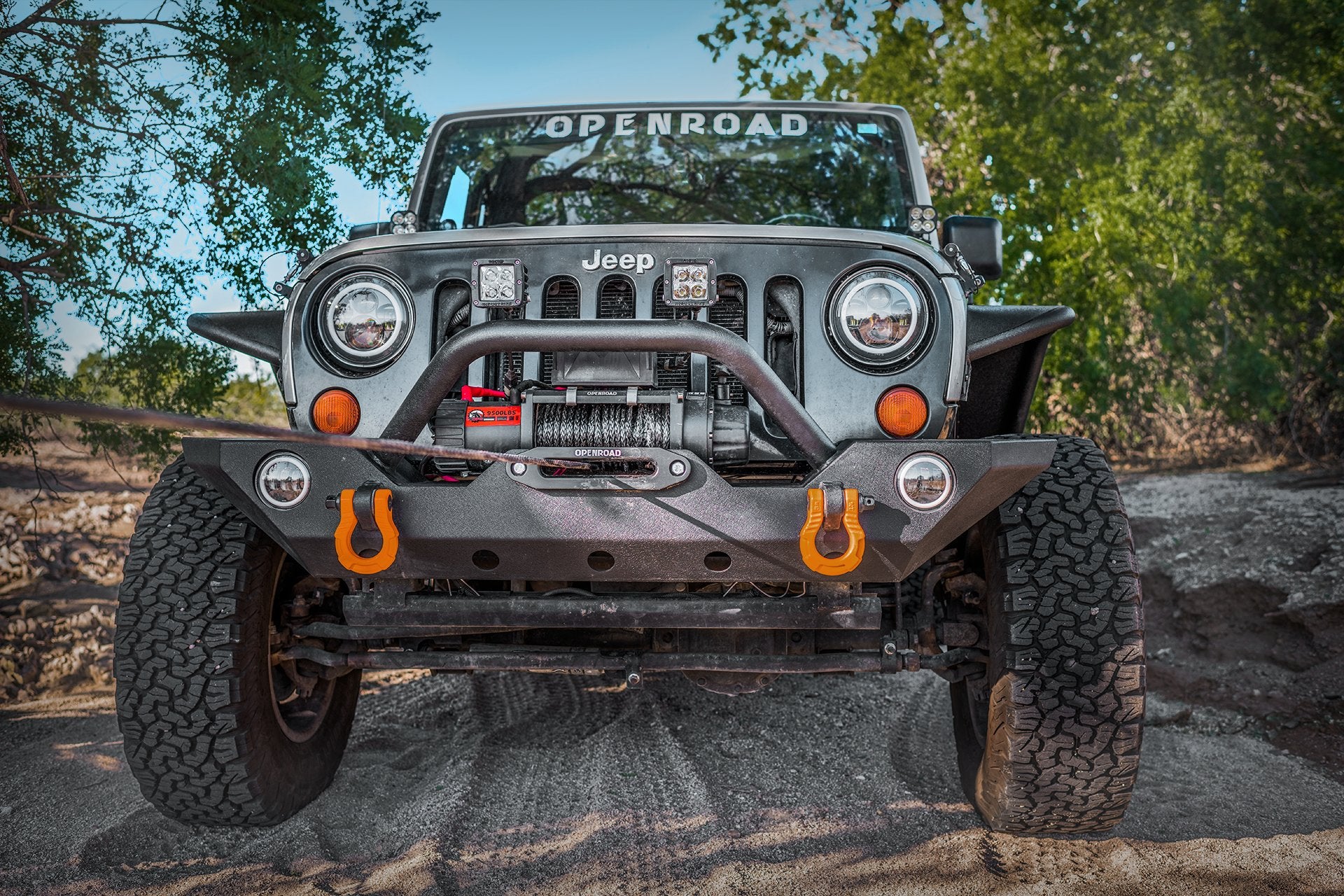
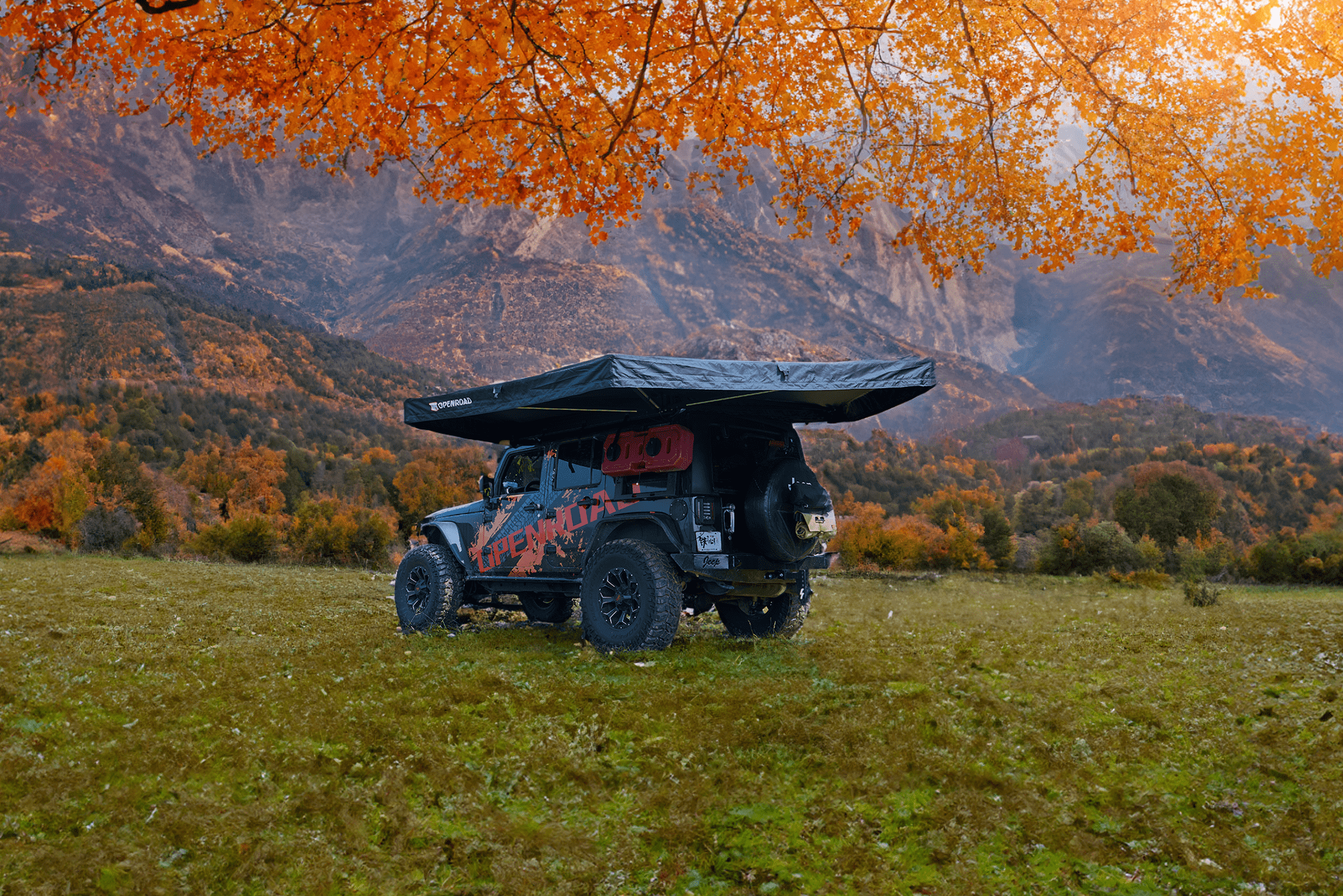
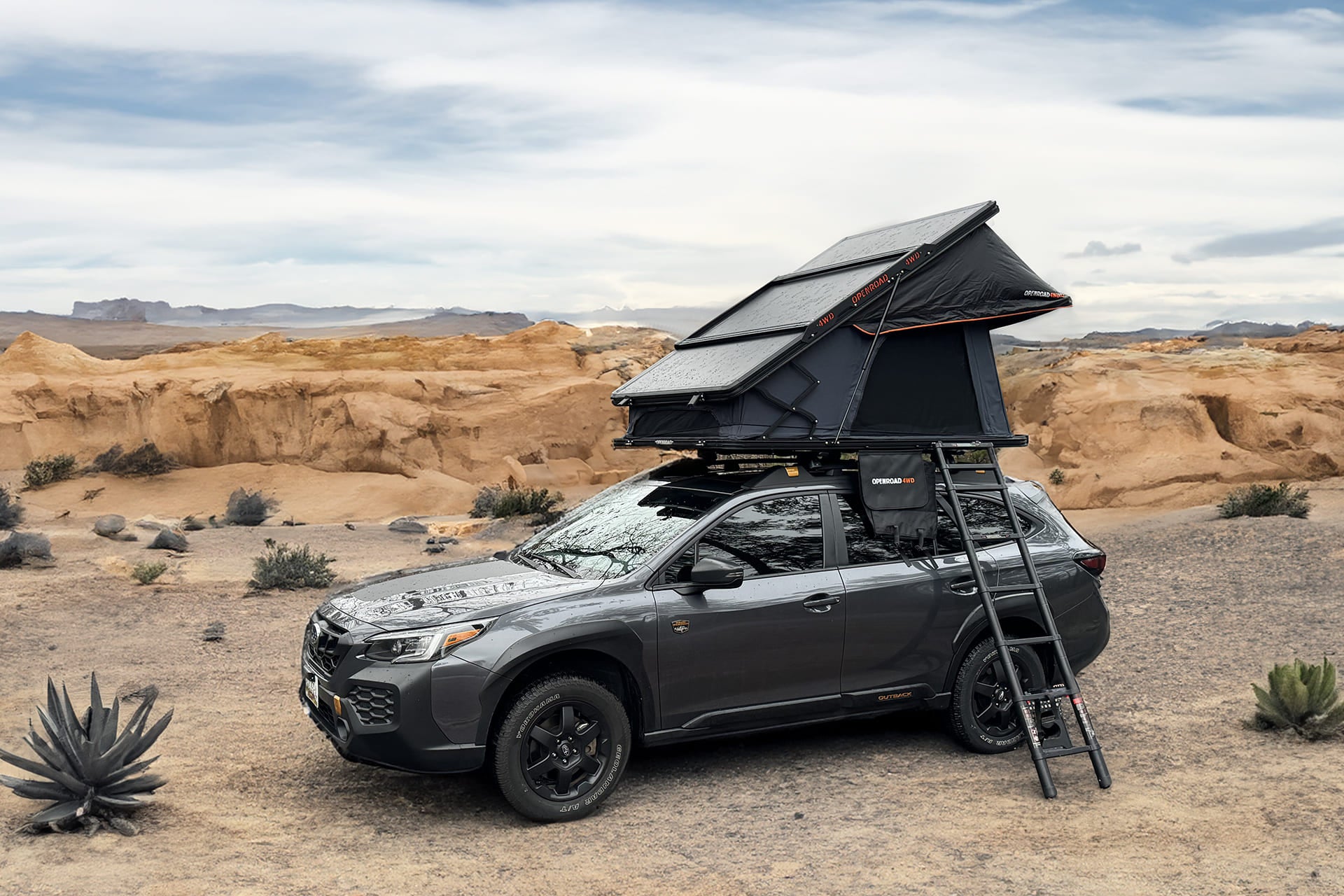
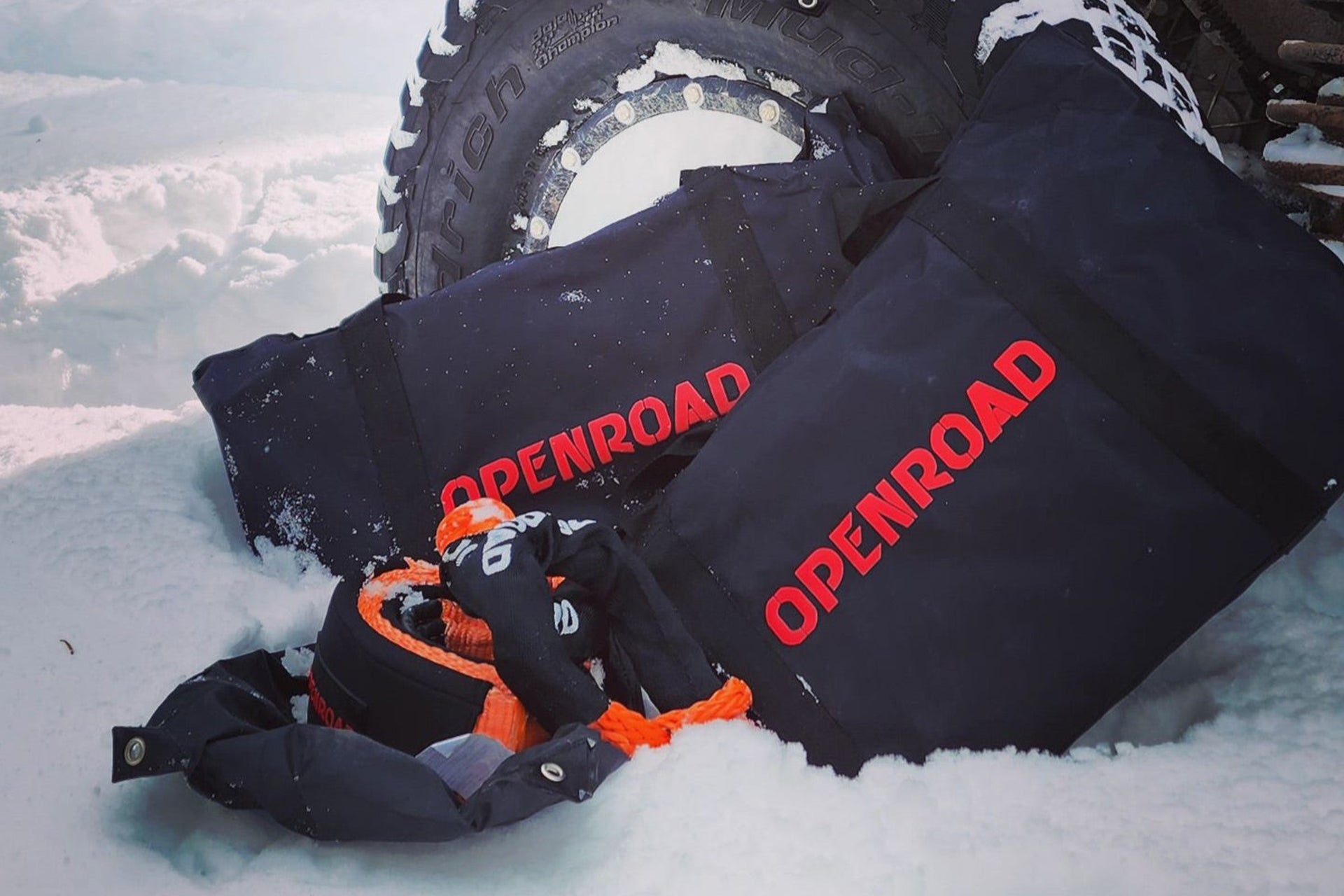
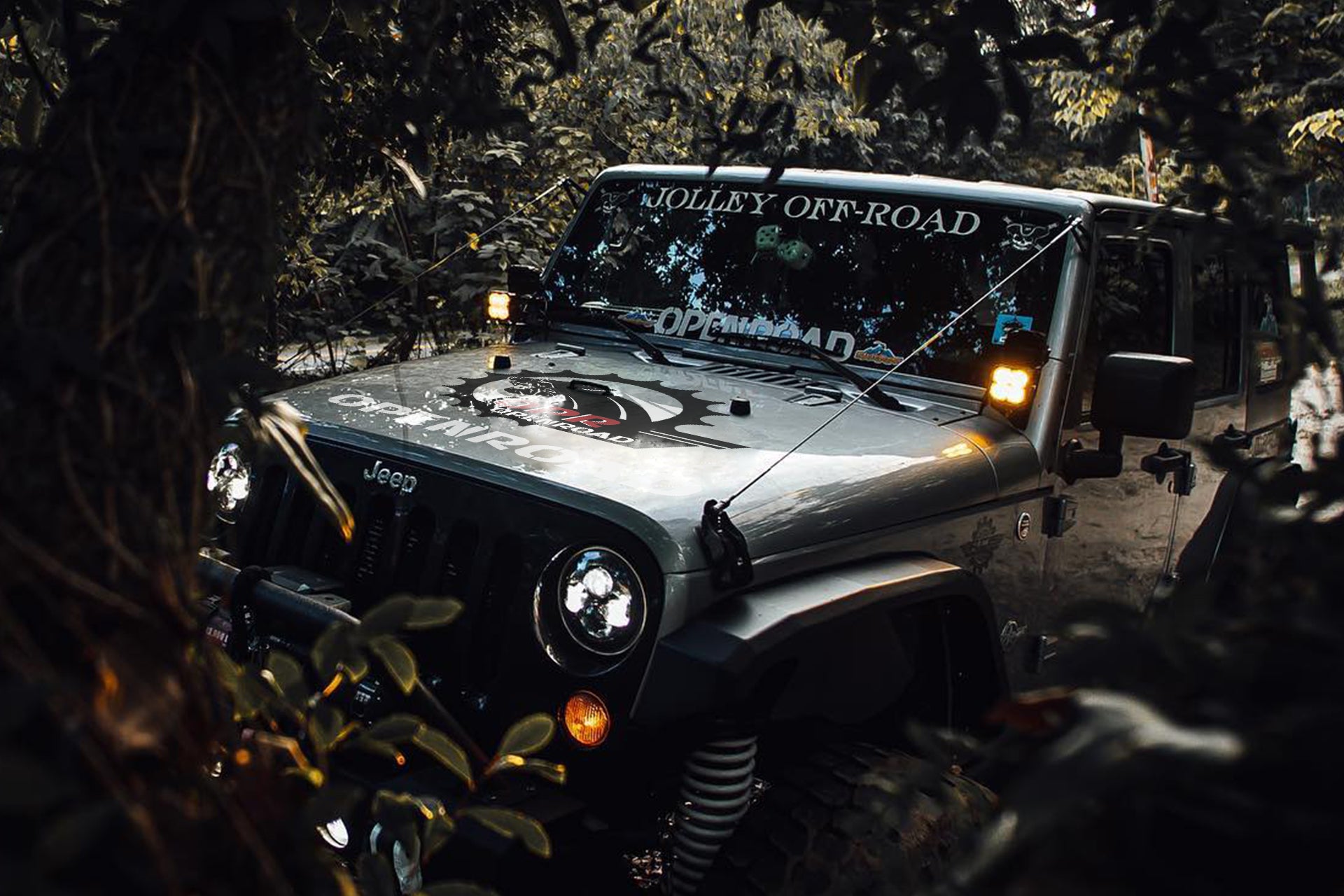
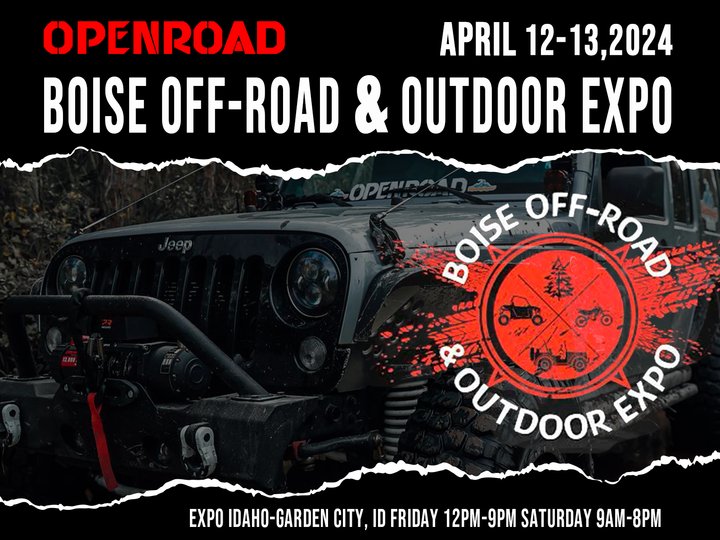
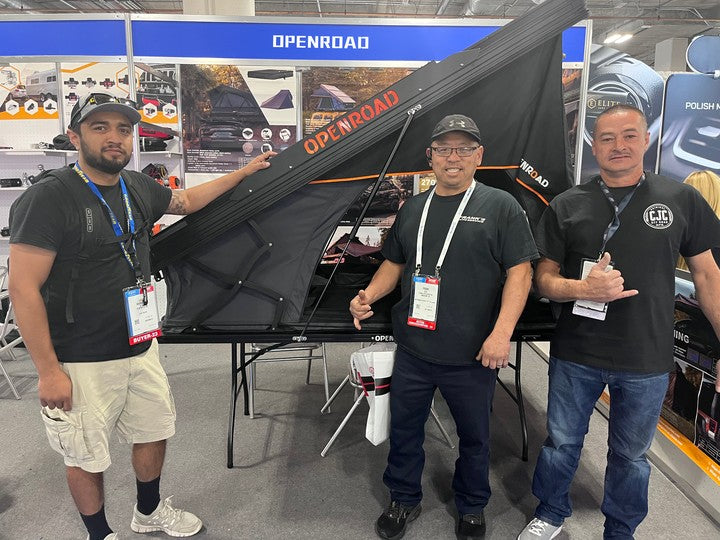



Leave a comment